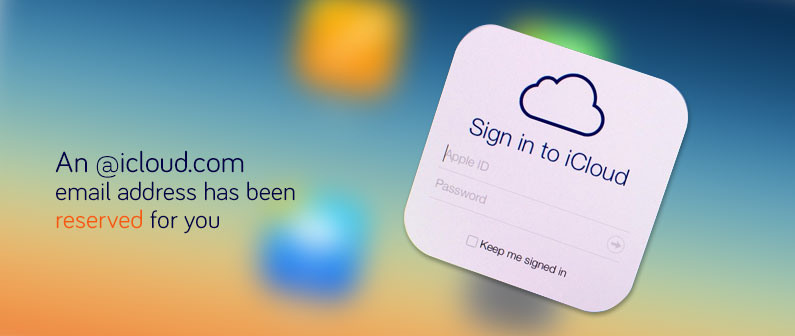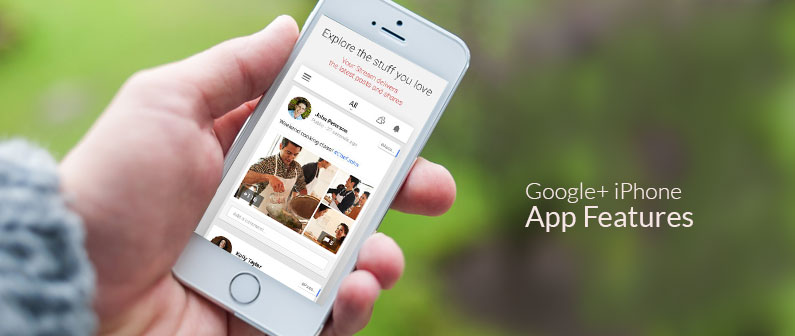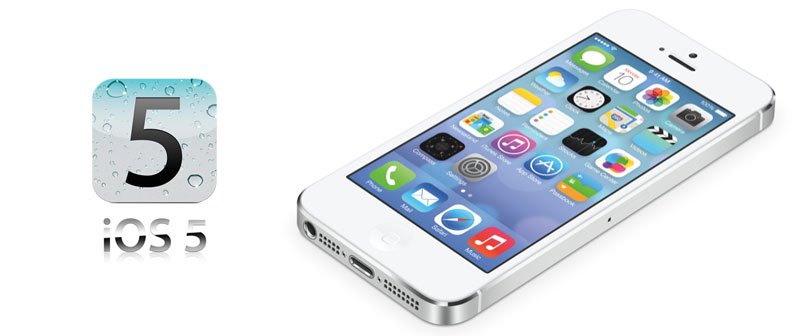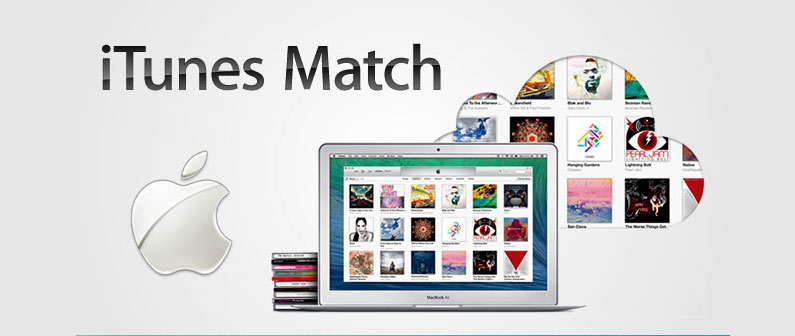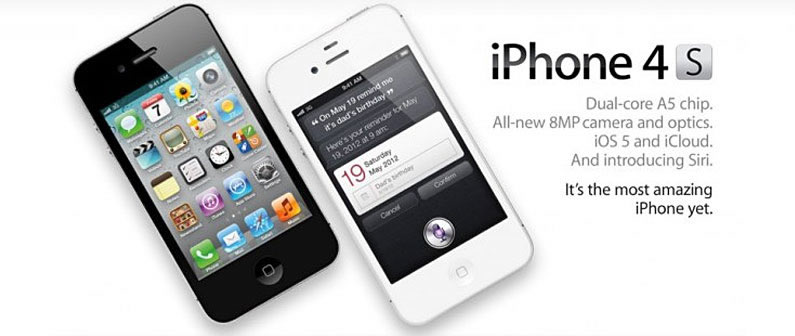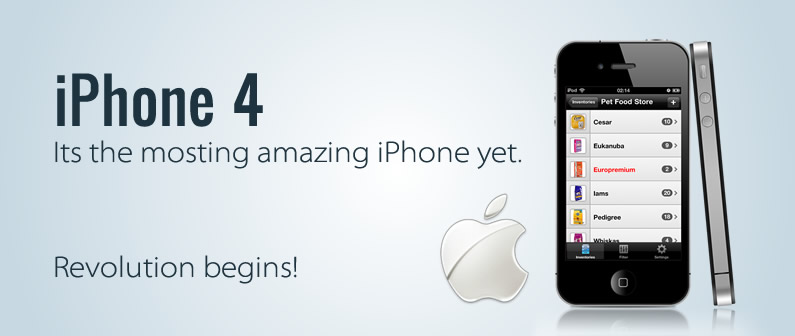Be it Android or iPhone, the development of mobile applications for your business can be intimidating.
Even if you have a technical background, you might have to dive deep into mobile applications’ technicalities, which can be a challenging task. Moreover, if you’re to venture into developing your business application yourself, it may take months or even years to complete it professionally.
That’s the reason why many entrepreneurs prefer outsourcing their Android or iPhone application development to expert mobile app developers.
While outsourcing your mobile application development work, there are several prerequisites to keep in mind. Below is a list of best practices every business owner should acknowledge prior to beginning the development of a top-notch mobile application.
A quick list of best practices to develop the latest mobile application
- Conducting extensive market research
- Choosing an apt development method
- Picking up the development platform(s)
- Deciding the design & functionalities of the app
- Ensuring enough Debugging & Testing
- Taking proper security measures
- Personalized touch of your business
Commencing your feat of creating a mobile application for your business in 2020 can be a daunting task. With this blog, we intend to help you with the best practices you must keep in mind before beginning your journey of developing a stellar mobile application for your users.
Let’s now discuss the above-listed best practices in detail.
1. Conduct your Research
Before you reach out to an android or iPhone expert developer to kick off your app development process, you must conduct thorough research of your industry/niche. There are lots of components that you must analyze to ensure your app stands a chance to be successful amongst your customer base.
Initially, you must identify the target audience for your business app. You must understand customer behavior to learn what background they belong to and how they behave while interacting with your business website or application.
Once you’re done identifying the mobile application’s target audience, you can note down their requirements and demands. These can be analyzed further to integrate the desired features and functions to your app. Incorporating these would help in making your prospective users’ lives better.
Note: Not conducting extensive research may lead to a waste of time and money for building an application that isn’t required by any consumer in the online market.
2. Choosing a Developing Method
All applications aren’t built the same way. Before you dive in, you must note that you’ll need to decide if you want to develop a hybrid, native, or a web-based mobile application for your audience.
Confused with the above listed app-developing methods! Let’s understand each one briefly:
Web Apps
If you think Web-based applications are similar to websites . . . They are not!
You can perceive them as condensed versions of websites as they display less information than a typical website page.
However, on the operational front, the web application loads on browsers only. They aren’t downloaded from any app stores, which also excludes them taking up storage space on the user’s device.
Native Apps
The most common and preferred types of applications are native apps. They’re built by skilled developers for particular platforms in languages it accepts.
For example:
- Objective C and Swift for Native iOS applications
- Kotlin and Java for Native Android applications
Most businesses prefer building native apps due to its top performance, enhanced interactiveness, and user-friendliness.
Hybrid Apps
A combination of native and web apps, hybrid applications work across multiple platforms. They behave similarly to native apps and are built with JavaScript, CSS, or HTML and run in a web view.
You can also reach out to our experts to learn more about the difference between the above discussed mobile development methods.
3. Application Development Platform
The masters of the application are iOS and Android.
Although most established businesses targeting a vast customer base tend to develop apps on both the platforms, a few that might be entering a market niche may choose only one of them.
You must figure out which platform your target audiences use most frequently. Eventually, when your business grows, you may have to make the app available on both platforms. If your business is in the early stages, it is advisable not bite off more than you can chew. Deciding one between the two would help in minimal investment, focused marketing efforts, and better results.
4. Business Aligned Design & Development
You might already have your brand logo and color schemes defined; however, developing a mobile application is much more than simply colors and fonts. You’ll have to deal with various other details such as navigation, categories, designs, feel, titles, etc.
Let’s be clear on one crucial fact: Development and Design of mobile applications are 2 entirely different things .
A mobile application developer would help you build a technical foundation of your app. While a designer will make it appealing and aesthetically pleasing for the users.
You need to list your app’s development and design components to discuss it with the right professionals to work effectively. You can use tools such as Mood Boards or others to get all your thoughts and ideas in one place.
5. Debugging & Testing
To present your users with error-free functionalities, you need to focus on testing, testing, and testing.
Yes, it’s crucial to perform all testing types before you launch your app to save yourself from presenting users with an incomplete application. Experts suggest tests should be run throughout the entire development process as well.
In case testing isn’t done periodically throughout the development process, some issues may become harder and more complex to identify. These crashes and bugs can then force you to push milestone deadlines and even application launch dates out much further than originally anticipated!
Carrying out sufficient debugging and testing will help you deliver an error-free application to users, exceeding audience expectations and providing flawless experiences for your users.
6. Security of Application
Most businesses do not view security as a main concern or area of focus; however, it’s of the utmost importance to gain credibility and trust in users’ eyes. You might ignore it in the early stages of development, but should be heavily considered and attended once your final product is ready!
Your application is going to garner tons of sensitive information and data. Not just customer data, if you’re developing a mobile app for an eCommerce store, you might begin collecting payment information as well. Hence it automatically becomes your responsibility to protect that data and live up to your users’ trust.
To do so, you can discuss the probable measures with your developer. Setting up an automatic data backup and implementing two-factor authentication (2FA) are just a few standard security measures in mobile application development..
7. Personalization Matters
Be it a service, product, functionality, or a personal touch; it’s imperative to have unique selling points (USPs) for your application that you can focus (or market) on.
Be it an iOS or an android mobile application, what matters is the type of experience it delivers. You must ensure that the experience offered isn’t similar to your competitors. It must proffer something additional or valuable in some form.
Convenience, accessibility, speed, and experience is something that every other mobile application would present to its user. You must ensure that you build these traits around a strong core with something that’s demanded by your target users.
Focusing on the user experience always helps in making the lifecycle of an app successful.
Wrapping it up
In conclusion, the above discussed 7 best practices are at the core of any latest mobile development process. Furthermore, numerous other factors must be kept in mind at various stages of the app development process.
If it’s iPhone application development, you might have to follow the store guidelines, consider backward compatibility, keep accessibility in mind, etc. Whereas, if you’re going for android application development, you might have to comprehend the right tools to develop it with beautiful UX/UI.
Yes, mobile application development isn’t an easy task; however, having appropriate basic knowledge, followed by hiring a top-rated mobile app developer can make things easy for you.
We are confident following the above guidelines will assist you in initiating a fruitful brainstorming session with any mobile app development expert.
If you have begun with the development process, let us know what challenges you faced until now while developing your mobile app?
Let’s discuss further, our expert team can help make your lids easier and launch a successful mobile app!




